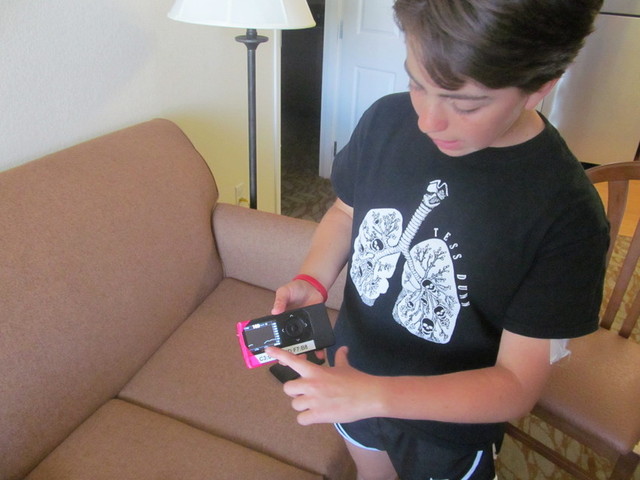
By April Laissle
This week seven children are participating in a Stanford research study in a somewhat unusual setting -- a hotel in Newark, outside San Francisco. Researchers are testing an "artificial pancreas" on these children who all have Type 1 diabetes. The device is the latest advance in diabetes management technology.
The artificial pancreas is an android phone loaded with software mimicking the function of a real pancreas. Using bluetooth, the device communicates with two monitors attached to the patient's body; one that keeps track of blood sugar levels and another that pumps insulin into the body when those sugar levels are too high. It determines when and how much insulin to release and sends that information to the insulin pump without patient intervention.
Researchers say the device could simplify the lives of those with diabetes by taking the guesswork out of treating the disease.
Parents will often wake up multiple times each night to ensure their child's blood sugar levels are within the normal range and correct the problem if they aren't. The artificial pancreas could help eliminate those interruptions.